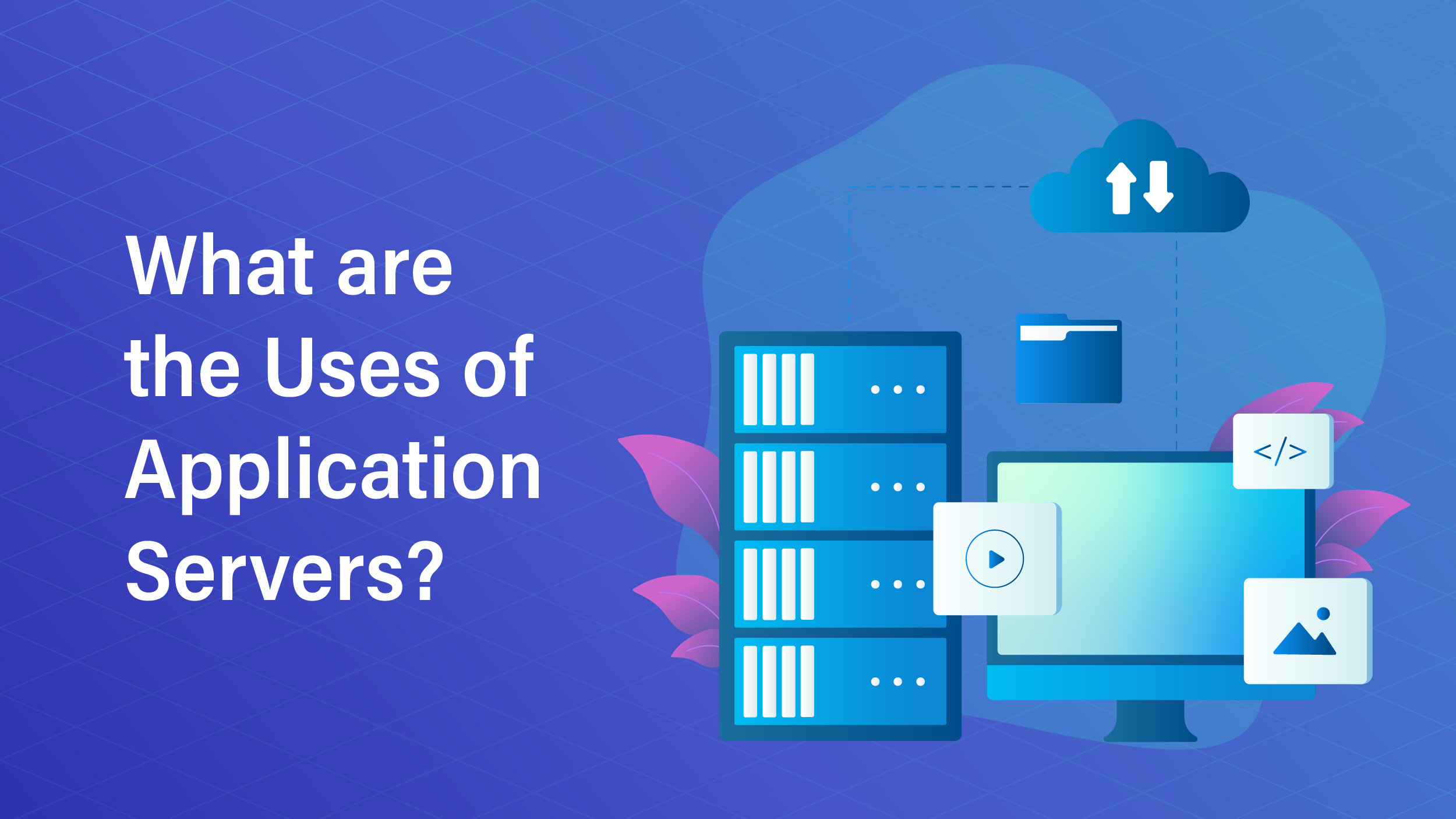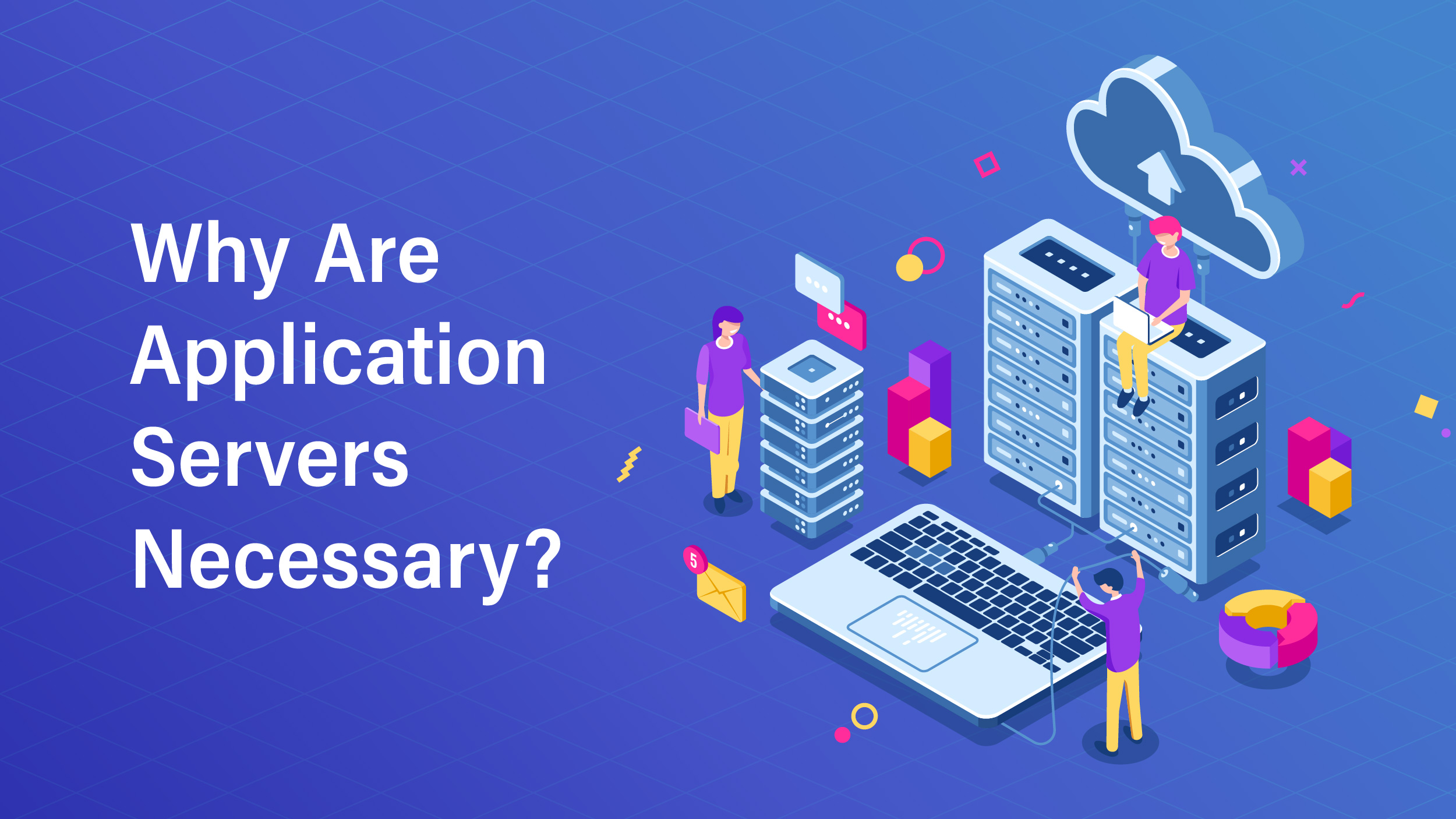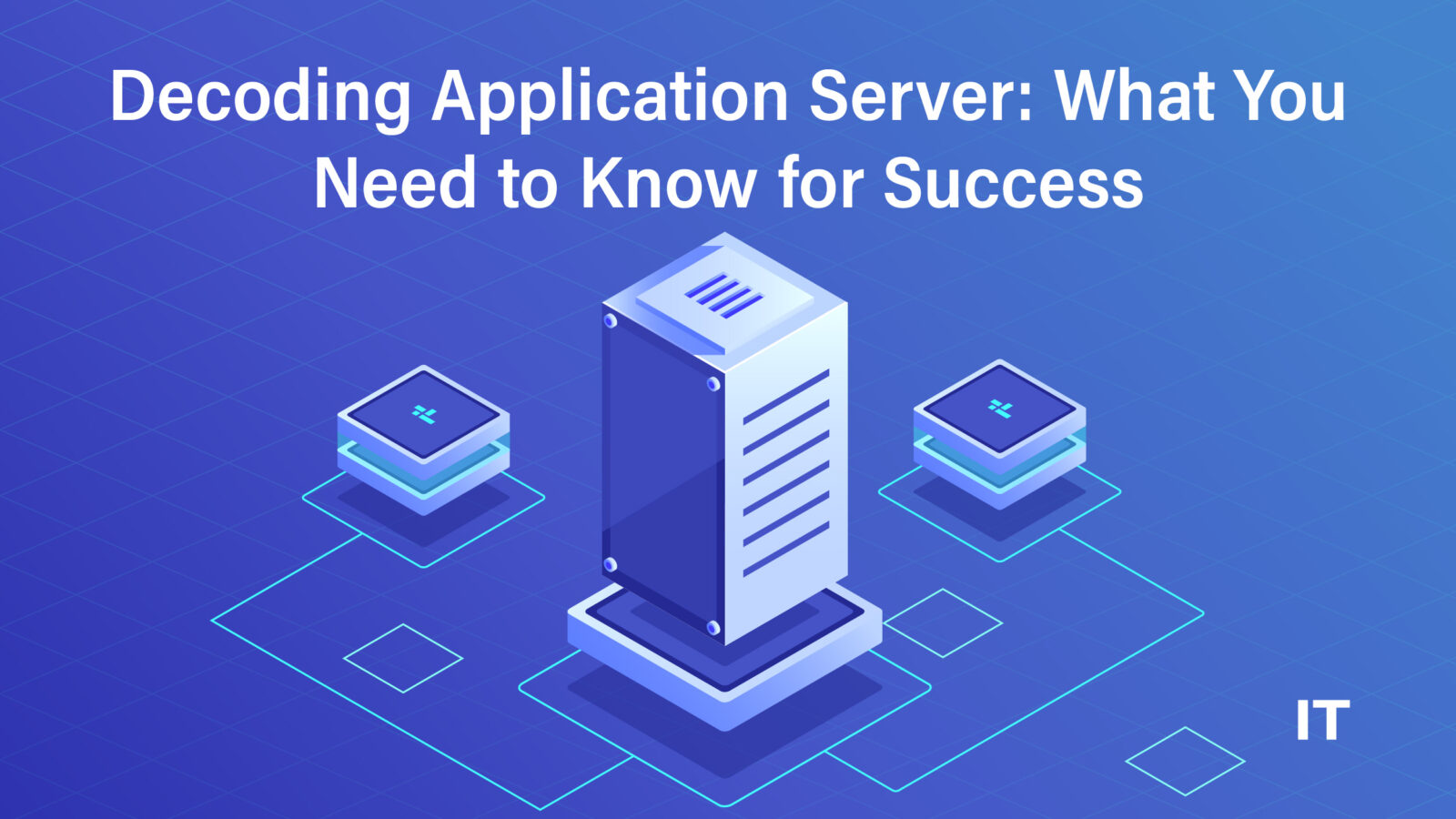Have you ever ordered a product online and then received an email confirmation? Or have you ever logged into your bank account and seen a list of recent transactions? These are all examples of applications that use an application server.
Let’s dive in and understand everything about them.
What is an Application Server?
An application server is an element of software that runs on a computer and creates a setting wherein applications can function. It offers services like security, data access, and scalability that make it easier and more productive to design and deploy applications.
A simple comparison would be that an app server is similar to a waiter in a restaurant. The waiter takes your order, provides your food, and checks to see if you need anything else. For apps, the server performs the same function. It accepts user requests, provides responses, and ensures that the apps are functioning properly.
Many different businesses, including e-commerce, banking, and healthcare, use server applications. They are crucial for companies who want to provide their clients with dependable and scalable solutions.
What are the Uses of Application Servers?

The important applications are given below:
-
Simplifying Client Programs:
Implementing a mechanism to streamline and simplify client programs, reducing both their size and complexity.
-
Enhancing Performance through Data Flow Control:
Addressing the imperative of caching and efficiently managing data flow to optimize performance.
-
Ensuring Data and Traffic Security:
Establishing a mechanism to bolster security measures for both data and end-user traffic.
-
Varied Use Cases:
It’s important to note that not all application servers have the same purposes. They can be tailored to diverse functions, such as scalability, improved web application management, and more.
Some of the well-known examples are JBoss, Weblogic, Websphere, and Glassfish.Types of Application Server
It is majorly classified into three categories:
- The Active Application Server (AAS): It is a server that supports and offers a rich environment for business logic that is involved on the server side and is described as rules, components, and objects. Stateful servers are another name for these kinds of servers.
- Web information servers: These servers are used to create web pages from databases using HTML templates. Stateless servers are another name for these kinds of servers.
- Component Server: This program is primarily responsible for giving software parts like COBRA, DLL, and Java Bean access to databases. Additionally, it supports requests for transaction processing.
Also Read: Harnessing the Power of Machine Learning Algorithms: What You Need to Know
Why Are Application Servers Necessary?
 Every day, billions of web users send billions of HTTP requests in the hopes of quickly accessing any app. No matter the program being used, it is being taken from an application server and served over a web server.
Every day, billions of web users send billions of HTTP requests in the hopes of quickly accessing any app. No matter the program being used, it is being taken from an application server and served over a web server.
The task of providing HTTP requests and HTTP responses to web clients falls on web servers. The web server design is more compact than app servers and secure enough to handle requests for static data from numerous applications (or websites). Applications that make dynamic requests frequently call for more help.
How Do Application Servers Work?
Application servers provide functionality for security, transactions, services, clustering, diagnostics, and databases, just like the majority of servers nowadays. Their capacity to handle servlet requests from a web server is where they differ.
It follows the below pattern:
- The customer launches a browser and asks to access a webpage.
- The HTTP request is received by the web server, which then replies with the requested webpage.
- The customer wants to use an interactive tool, but the web server only processes requests for static data.
- The web server sends the request to an application server as a dynamic data request.
- The HTTP request is received by the app server, which transforms it into a servlet request.
- The app server receives a servlet response once the servlet connects to the database server.
- The servlet response is converted by the app server into HTTP format for client access.
When an application server receives a servlet request from a web server, it processes the request and sends a servlet response to the web server. The web server translates the servlet answer and passes an HTTP response that is accessible to the user as app servers typically deal with requests involving business logic.
What are the Advantages of Application Server?Some of the key advantages are listed below:
- Provides a method for handling each component and for executing services like session management and synchronous and asynchronous client alerts.
- Installing applications in a single location becomes quite simple.
- Any configuration change may be made centrally from one place, even relocating the database server
- It makes it simple to deliver patches and security updates
- It makes it possible to assign requests to various servers according to their availability through load balancing.
- It gives apps security.
- It allows for fault tolerance with the capacity for recovery or failover.
- Transaction assistance is provided
- The application server significantly enhances application performance since it is built on the client-server concept
Application Server Vs Web Server
An application server and a web server are fundamentally different from one another. It executes web programs and offers a runtime environment, in contrast to a web server, which concentrates on presenting static web content. While these servers are used to run complicated web applications that need server-side processing and extra functionality, web servers are primarily used to host websites.
It’s important to note that in recent years, the distinction between web servers and application servers has gotten fuzzier, with some web servers integrating app server features and vice versa. However, the key difference is still present.
Wrapping Up
Application servers are essential to the world of web development because they offer a stable runtime environment for running sophisticated web applications. By providing extra services like database connectivity, security, and transaction management, they go above and beyond the capabilities of conventional web servers.
Using an app server, developers can take advantage of server-side processing to build complex web apps that satisfy the needs of contemporary users. The scalability and flexibility of these servers allow enterprises to manage intricate workflows and provide flawless user experiences.


































